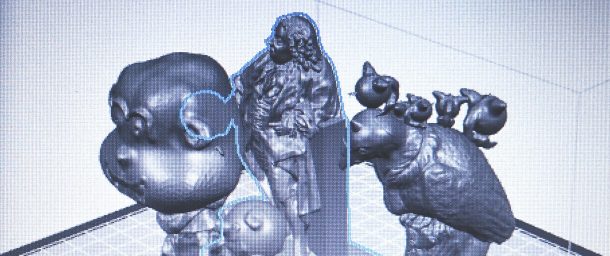
Taking the museum out of the walls of South Kensington to those who can’t make a visit is so important for making sure that culture and our collections are accessible to everyone. We want to share our approach with you so that you can try yourself and have some useful tips from what we learned from the experience. Last week sculptures from our galleries took the journey to Great Ormond Street Hospital for young patients to enjoy and get creative with. Using 3D scans and prints and CAD software we set about designing new works, introducing new creative technologies and having fun.
As a bit of background, we have worked with GOSH Arts arts programme at Great Ormond Street and other hospitals with support from The Lord Leonard and Lady Estelle Wolfson Foundation, running workshops and projects in wards and waiting areas. Visits to hospitals can be scary times for both patients and their families and by bringing in creative activity we want to create a meaningful distraction and engagement. This time we worked with the GOSH Arts team and play staff in the Fox Ward with young people being treated in isolation while they undergo bone marrow transplants. Due to the nature of the treatment, patients can be in infection controlled environments with extremely limited contact with staff, other patients and visitors. This can be especially frustrating for teenagers and older children in care but the fantastic play staff, teachers and visiting artists provide a range of activities each day of their time in the hospital.
The Workshops

Using 3D scans of some of the museum’s sculptures from Scan the World, patients were invited to create heroes, remix and redesign. The sessions were delivered at the bedside on Windows tablets and then the models created were 3D printed in the playroom which patients could visit when they were able to leave their room. All the patients I worked with had heard of 3D printed but had never seen it in action. They knew their schools used them but their treatments often meant that their time in mainstream education was extremely fractured. It was exciting for everyone involved to use the technology and collections that had previously been out of reach.
Preparation
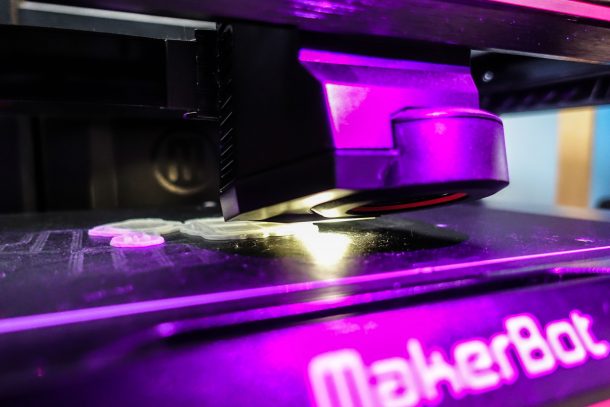
Working away from your normal environment takes a lot of preparation. It’s rather like packing for holiday but a bit more stressful because where are you going to be able to pop out to and pick up printer filament? Build your setup before you leave and test the content and tools you’ll be using. It’s better to spot issues before you go rather than on site or in the middle of a session.
One particular thing I’m glad I spotted before going was the proliferation of nude sculptures! It is remarkably difficult to find works with their clothes on at the V&A but a suitable and blush-free choice was eventually made.
Talk with the staff
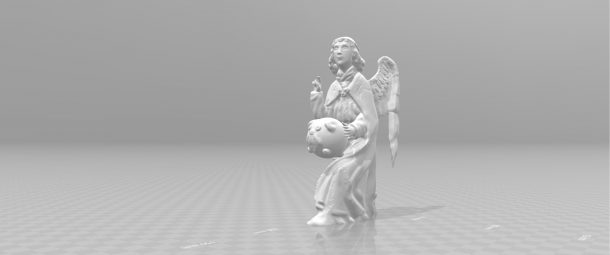
Once on the ward make sure you speak with the staff you’ll be working with to find out about what they do there. Having an understanding of the process of treatments the patients you’ll be working with is valuable, enabling you to be conscious of side effects, energy levels and emotional states. I personally preferred to have the bare minimum of information about the individual patients I worked with. Being able to enter a room uncoloured by prior information, especially with young people who are really having a tough time, allows you to approach them as you would anyone else.
Involve the parents
Having to go into hospital is just as stressful for the parents as it is for the patients. Try to think about how they can be involved in the activity too. In this case, parents were invited into the conversations and discussions and whilst we were designing and making, we would ask for their ideas for them to have a go on the device I was using to instruct.
One thing we saw but would have liked to develop more is how patients could have some interaction with each other through the designs they made. As I met each patient I’d show them the work that someone else had created and in a couple of instances, they started to use each others models. This could be developed into a Chinese whispers style iteration game in a future project.
The right tools for the job
There is a huge selection of 3D modelling and CAD tools available to use. Ask yourself what the level of skills your participant will have, what functions you actually need and how accessible the software is.
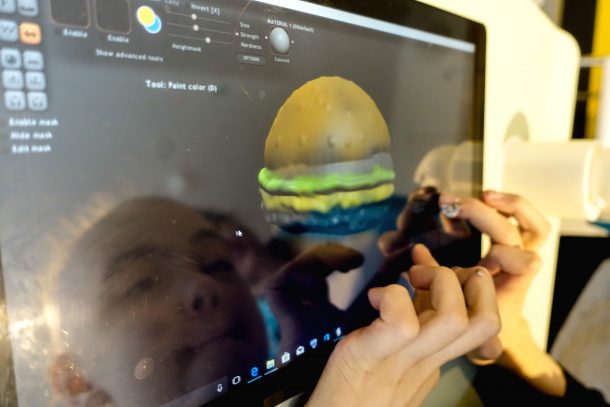
I’m a big fan of using Scultpris to introduce 3D modelling to students. It presents you with a piece of virtual clay that you can then model through grabbing, creasing, pinching and inflating in different ways. The tools are self-explanatory and the interface is nice and clean allowing you to dive right in. Although it is rather limited in what you can do, for example, we couldn’t load the full models in as they have to be formatted and cleaned in a certain way, but we could work on shapes and forms that can then be mixed with the 3D scan. To do that we used the 3D Builder included in Windows 10’s Creator Update as it is fully touchscreen compatible and again, presents the tools in a clean interface. The final print was made with Makerbot Replicator’s print software. All the software we used is free meaning that the learning can continue after we have left with our devices.
Keeping a clean slate
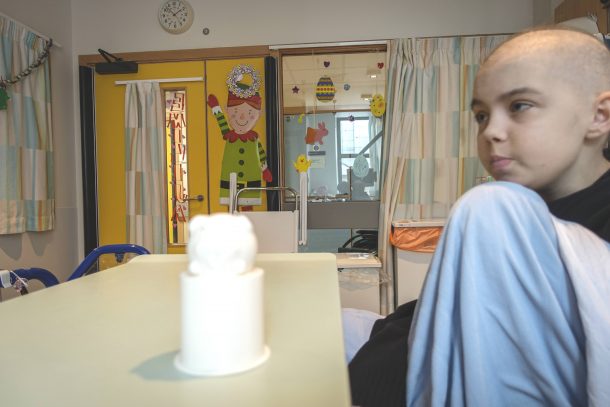
Infection control was a concern while we were planning so we needed to keep the amount of surfaces and tools we were using to a minimum. If you use keyboards and mice then there needs to be a way to clean them. In the past we have got around this by using latex covers which can be taken off and fully cleaned between uses however this time we used tablets with screen protectors that could be replaced after use and the tablet wiped down with antibacterial gel. Using tablets also meant that we didn’t have to be concerned about keyboards and mice and we could take full advantage of using touch friendly software.
The curse of the 3D printer
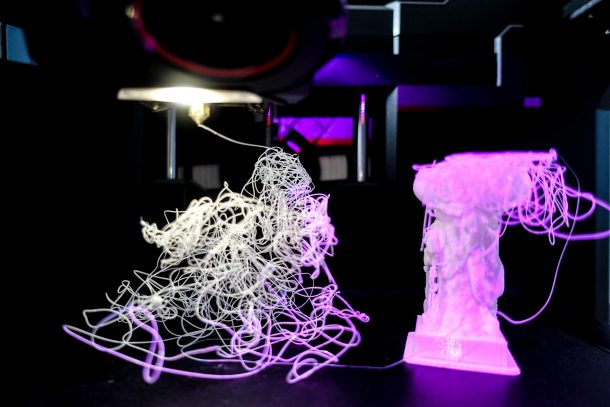
3D printing is an incredible tool for getting people to think about design and get actual physical outputs from their digital work. The process can take a while though so you have to balance up the size and detail of your print against the time it takes to produce it. I aimed for each print to take two hours but one evening I went all out and filled the print plate with models to run overnight. Disaster awaited when I came back in the morning and found that the printer had become sentient and decided to do some improvisation…Always plan for your prints to go wrong and have them ready to just run again if they do!
Models made in the workshops
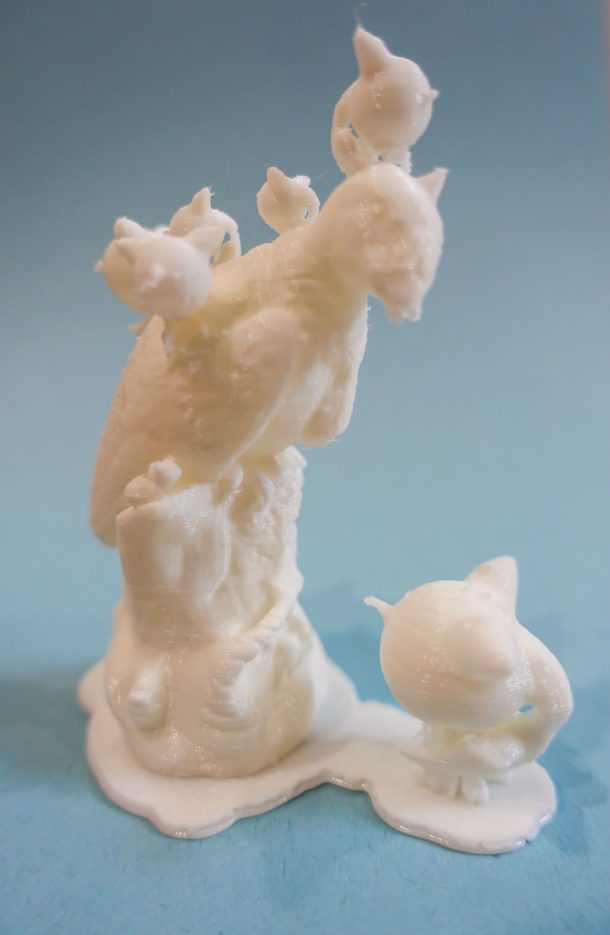
This patient had been reading Phillip Pullman and we talked about the daemons in the book. This started a discussion about what daemon they would have and what daemons the daemons would have! The eventual model is a visualisation of one of these, a vulture with his frog friends watching over him! The original sculpture is this spectacular piece, “King Vulture” by Meissen.
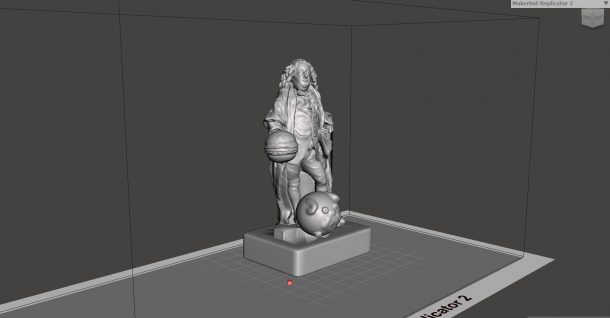
This patient was in the middle of her treatment and had a nil by mouth diet in place for a month. All that she could think about was pizza and burgers so she started to model the things she most wanted. Alongside the food she would have when she could eat again was something else that she wished for the most…a pug. The original sculpture is of the quack doctor Joshua Ward from c.1761.
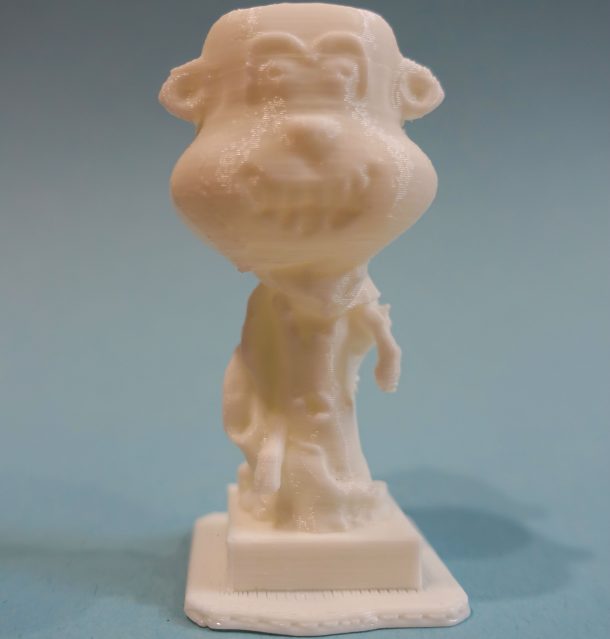
This sculpture came from a patient who had his heart set on making a cartoon monkey ninja! Working around his treatment and classes with his teacher we produced this in the morning and joined it to a sculpture that fascinated him, the rather curious Head of an Ox which can be found in our Europe Galleries.
Future Work
The V&A’s ReACH (Reproduction of Art and Cultural Heritage) project is exploring what reproducing, storing and sharing works of art and cultural heritage looks like in the twenty-first century. Coinciding with the 150th anniversary of Henry Cole’s 1867 Convention which brought together museums across Europe to share their treasures and led to the creation of the V&A’s Cast Courts, the research has led to a new convention with museums across the world in tackling the protection of our shared human culture through digitisation and dialogue. You can read more about ReACH on its research hub and follow developments on the blog.


